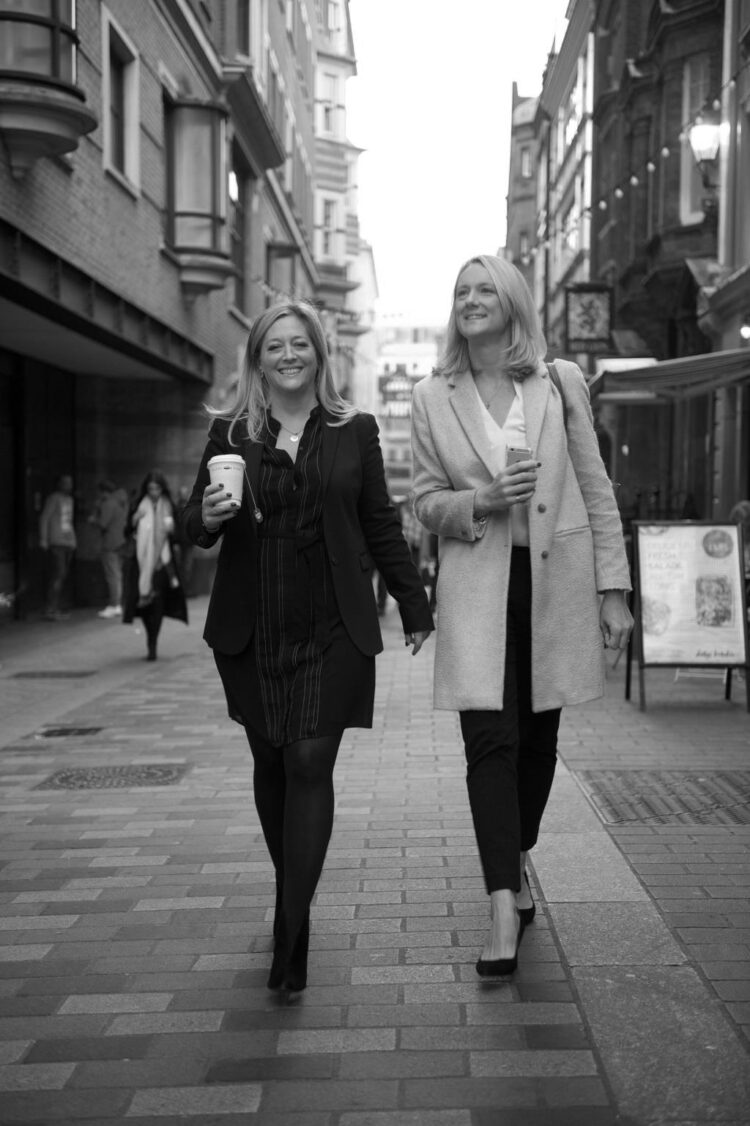By Sammie Jones-
The Orkney Islands in Scotland have the highest rate in the UK, with 150 new cases in the seven days to November 6, the equivalent of 669.6 per 100,000 people.
This is up from 455.4 in the seven days to October 30
There are concerns that increased infections could spark another wave,. buit some state that higher infections do not prove that it would lead to higher levels of hospitalisations as a result of those infection rates.
People who test positive for Covid-19 are expected to self-isolate for 10 days, and not mix with vulnerable people.
However, people do not always find out on time when they have been infected woth Covid-19.
The figures, for the seven days to November 6, are based on the number of people who have tested positive for Covid-19 in either a lab-reported or rapid lateral flow test, by specimen date.
The list has been carefully calculated by the PA news agency, who are keeping track of the increase in covid cases and of death rates.
The agency used data published on November 10 on the Government’s coronavirus dashboard.
Torfaen in Wales recorded the second highest rate, down from 747.6 to 666.4, with 632 new cases.
Vale of Glamorgan in Wales has the third highest rate, down from 767.2 to 635.6, with 860 new cases. The rate is expressed as the number of new cases per 100,000 people.
Of the 377 local areas in the UK, 53 (14%) have seen a week-on-week rise in rates, 322 (85%) have seen a fall and two are unchanged.
Torfaen in Wales has the second highest rate, down from 747.6 to 666.4, with 632 new cases.
Vale of Glamorgan in Wales has the third highest rate, down from 767.2 to 635.6, with 860 new cases.
Copeland in Cumbria has the highest rate in England (598.2) and Fermanagh & Omagh has the highest rate in Northern Ireland (548.8).




